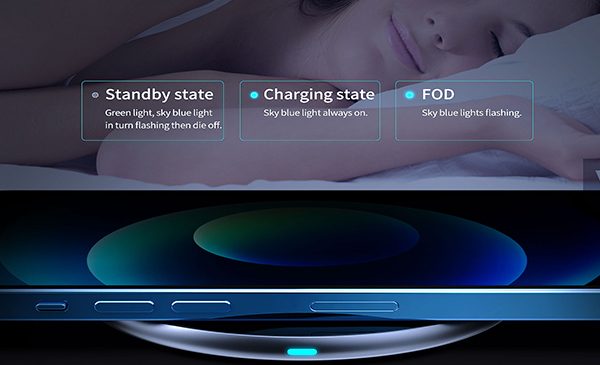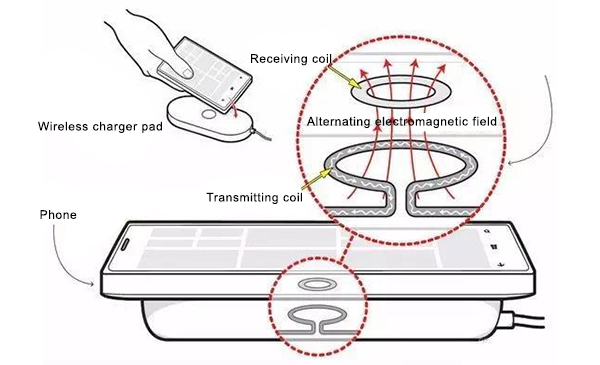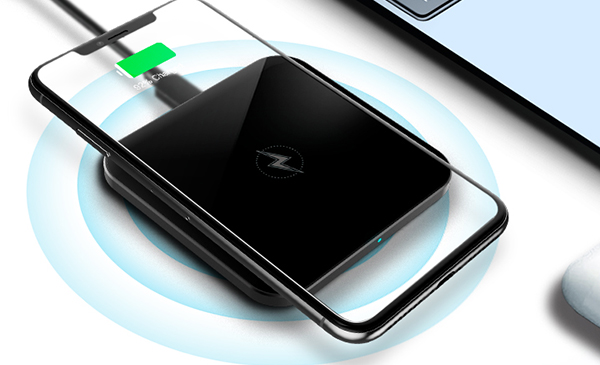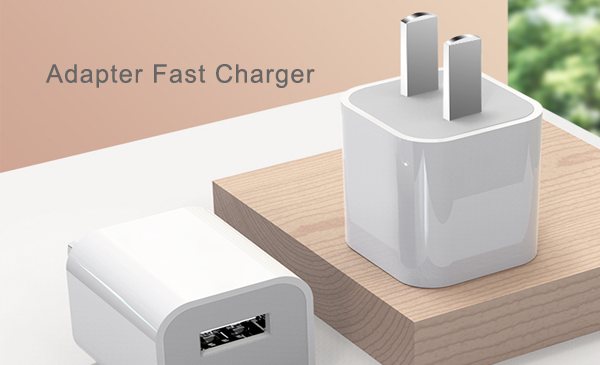Specialize in Solution for power lines like wireless chargers and adapters etc. ------- LANTAISI

1. Please check whether the center of the back of the mobile phone is placed in the center of the wireless charging board.
2. When there is an inclusion between the mobile phone and the wireless charging pad, it may not be able to charge normally.
3. Please check the back cover of the phone. If the protective cell phone case used is too thick, it may hinder wireless charging. It is recommended to remove the cell phone case and try charging again.
4. Please use the original charger. If you use a non-original charger, it may not be able to charge normally.
5. Connect the mobile phone directly to the wired charger to check whether it can be charged normally.

A wireless charger is a device that uses the principle of electromagnetic induction for charging. Its principle is similar to that of a transformer. By placing a coil at the transmitting and receiving ends, the transmitting end coil sends an electromagnetic signal to the outside under the action of electric power, and the receiving end coil receives the electromagnetic signal. Signal and convert electromagnetic signal into electric current, so as to achieve the purpose of wireless charging. Wireless charging technology is a special power supply method. It does not require a power cord and relies on electromagnetic wave propagation, and then converts electromagnetic wave energy into electrical energy, and finally realizes wireless charging.

My wireless charger is not charging my device. what do I do?
Wireless charging is sensitive to the alignment of the charging coil (of the charger and the device). The size of the charging coil (~42mm) is actually much smaller than the size of the charging board, so careful alignment is very important.
You should always place the device as centered on the wireless charging coil as possible, otherwise wireless charging may not work properly.
Please make sure that your charger and device are not in any of these locations where they may move accidentally, which will cause the alignment of the coil to move.
Please check the location of the charging coil of your device to understand where to place the wireless charging:

In addition, please make sure that the power adapter fast charge supply you are using is greater than 15W. A common problem is using an underpowered power source (ie: a laptop USB port, or the 5W wall charger that came with older iPhones). We strongly recommend the use of QC or PD chargers, which can provide stronger power to achieve better wireless charging.
● Your device is not compatible with wireless charging. Please double-check that your device is compatible with wireless charging (specifically, Qi wireless charging).
● Your device is not properly centered on the wireless charger. Please fully remove the device from the wireless charger and put it back onto the center of the charging pad. Please refer to the illustrations above for charging coil positioning.
● If the phone is put on vibration mode, the charging alignment may be affected, as the phone may vibrate off of the charging coil over time. We strongly suggest turning off the vibration, or turning on Do Not Disturb when wireless charging.
● Something metallic is interfering with charging (this is a security mechanism). Please check for any metallic/magnetic objects that may be on the wireless charging pad (such as keys or credit cards), and remove them.
● If you are using a case thicker than 3mm, this could also interfere with wireless charging. Please try charging without the case. If this fixes the charging issue, your case is not compatible with wireless charging (rest assured, all Native Union iPhone cases are compatible with wireless charging).
● Please note that, with a case, the placement area will be smaller, and the phone needs to be more carefully centered on the charging area for successful charging. Charging through cases performs better with a QC/PD charger, when compared to a simple 5V or 10V charger.
Questions about wireless charger? Drop us a line to find out more!
Post time: Nov-22-2021
